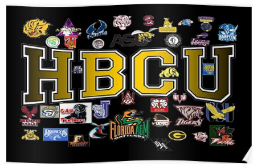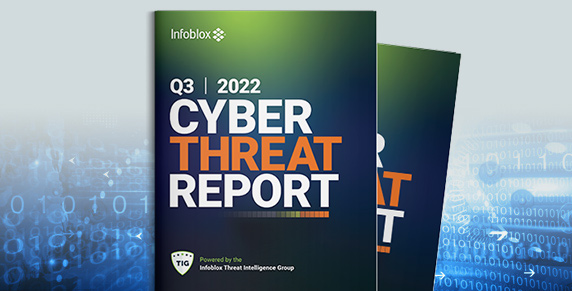During this year’s Black History Month, Infoblox salutes Historically Black Colleges and Universities (HBCUs). Along with our Black Employee Resource Group, we celebrate the occasion by recognizing the vital role that HBCUs have and continue to play in creating Black Excellence.

History of HBCUs
As an important vehicle to American progress, Historical Black Colleges and Universities have educated promising Black students for more than 150 years. Most were established in the late 1800’s after the end of the Civil War, with at least that four that trace their history back to as early as 1837: Cheyney University (1837), Miner Normal School (1851), Lincoln University (1854), and Wilberforce (1856).

With the end of the Civil War, Blacks were emancipated from slavery, however, were not free to participate fully in American life, not least of which was access to education. Many states flat-out denied higher education to Blacks, based on their race. Black American’s desire for education found expression in the establishment of schools at every level, from grade schools for basic education to the founding of the nation’s first black colleges. While the formation of HBCUs opened the door to higher education for many formerly enslaved Blacks, at present day, these institutions continue to prepare some of the brightest minds in the world of all races. Data show that as of 2020, demographics at HBCUs to be 76% Black, 11% White, 8% Latinx, and 2% AAPI, Native American, and other.
HBCUs Today
There are more than 100 HBCU the nation, with approximately 89% of them located in the southern states, due in part to the historical geographic concentration of the Black population in the United States. However, HBCU students and graduates represent every state, and many international countries as well. Based on a Gallup-USA study, HBCUs provide black graduates with a better college experience, greater financial and social well-being, and higher levels of satisfaction than they would get at non-HBCUs. In fact, on average there is a higher graduation rate for HBCU students than comparable non-HBCUs (38 percent versus 32 percent) with similar proportions of Black students enrolled.
HBCUs are classified as public, private, denominational, liberal arts, land-grant, independent, single-gender, or researched-based institutions. These institutions boast an enrollment of nearly 300,000 students annually. A unique part of the HBCU campus-experience is the intimate nature of the learning experience, with student populations ranging from a few hundred to well over 15,000 per institution. This allows for a richer academic experience, while also allowing attendees to have smaller and more nurturing environments. Fifty-nine percent of HBCUs offer only undergraduate degrees, and 41 percent offer graduate degrees, with 28 percent awarding doctoral degrees.
Infoblox is committed to supporting HBCU students. We’re currently on the campus of Fisk University hosting an industry exclusive DNS certification program and will expand to additional HBCUs and HSIs later in the fall. We are also partnering with Racing Towards Diversity Magazine in a 50-city HBCU tour throughout 2023.
What we know for sure is that HBCUs remain vital to the American education system. However, HBCUs have struggled to survive. With barriers like inadequate funding, deferred maintenance, and accreditation issues, the fight continues.









